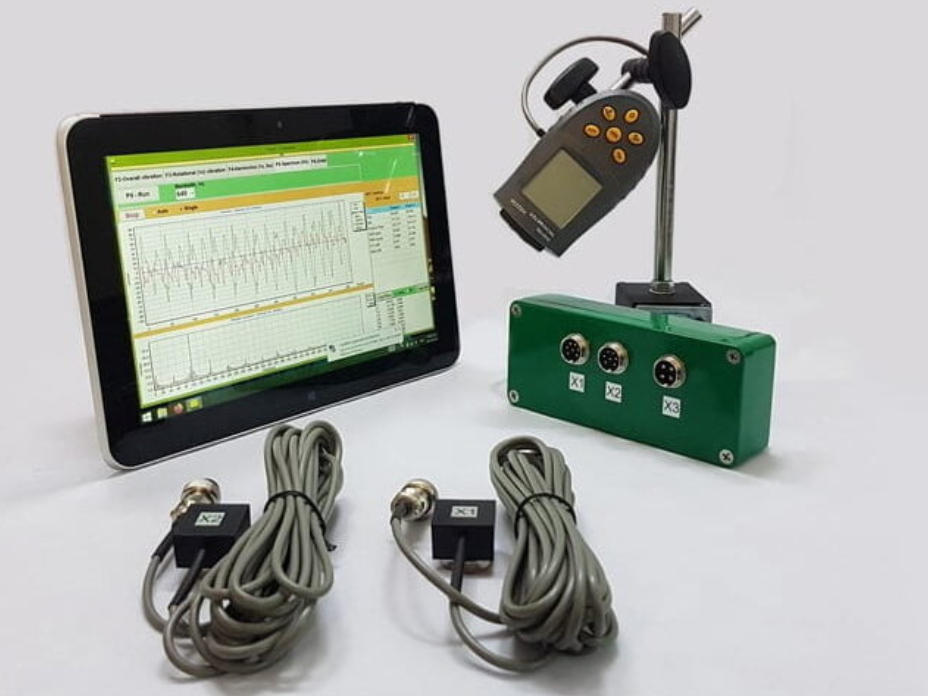GBP/USD selling-off to test 1.30 the figure as US dollar bounces back to life

- GBP/USD sinking to test 1.30 the figure again as the US dollar firms up.
- Markets are volatile following a mixed day in sentiment with the US CPI data at the core of the moves.
- Uk data this week so far has been underwhelming and has weighed on the pound.
Trading at 1.3017, GBP/USD is slightly underwater in the mid-day New York session, down 0.1%. Sterling has been tested by the bears to below 1.30 the figure once again on Tuesday when it traded at a low of 1.2993 in the London session after sliding from a high of 1.3030. Cable has since rallied to a high for the day at 1.3053 but has since started to slide again, back below Monday’s closing price.
It has been a day driven by flows through the US dollar rather than anything domestic-related to the pound. The greenback initially fell on Tuesday after US inflation data showed consumer prices rose by 8.5% in March compared to a year ago, boosted by oil and soaring gasoline prices.
While the initial readout came in slightly hotter than analysts expected, with the US Consumer Price Index (CPI) posting the biggest monthly rise in consumer prices in 40 years, the data showed some signs that inflation may have peaked. Core CPI fell short of estimates, suggesting that the Federal Reserve might not need to be in such a hurry that the market has been pricing for.
The US seasonally adjusted Consumer Price Index climbed 1.2% in March, as expected in markets. The gauge climbed from 0.8% in February, the Bureau of Labor Statistics said Tuesday. The CPI surged 8.5% year on year, the biggest annual gain since 1981. Gasoline prices soared more than 18% in March and accounted for more than half of all items’ monthly increases. Core CPI, which excludes food and energy prices, moved up by just 0.3%, which was below the 0.5% expectations and the smallest increase since September. Core CPI was up 0.5% in February.
Consequently, Wall Street’s benchmarks climbed after government bond yields fell as money market traders pondered as to whether price increases have peaked at multi-decade highs. The US 10-year yield slumped by 7.4 basis points to 2.71%, falling back from a three-year high marked-up at the start of the week. The dollar index DXY fell 0.146% and reached a low of 99.74.
US dollar bulls move in again
However, we have seen a strong turnaround in the US dollar since. DXY is now 0.3% higher on the day and trades at fresh highs of around 100.275.
Money markets are having a rethink with the US Treasury’s 10-year auction hitting a high yield of 2.72% on Tuesday, up from the 1.92% high in the previous month. The bid to cover ratio for the auction was 2.43, down from the 2.47 ratio in March. US stocks are also back under pressure and the 10-year yield is recovering from the lows of the day.
With inflation expectations remaining fairly steady, if the yield continues higher beyond the 2.836% highs, it will on track to test the October 2018 high near 3.26%. This leaves the bias to the upside for the greenback and Fed officials are likely to remain hawkish. Market expectations for a 50 bp hike next month will potentially keep the US dollar on track for the March 2020 high near 103.
Meanwhile, the UK began its monthly data dump on a soft note with February Gross Domestic Product falling in at 0.1% MoM vs. 0.2% expected and 0.8% in January, Industrial Production fell in at -0.6% MoM vs. 0.3% expected and 0.7% in January.
”It appears that the UK economy is already slowing ahead of the upcoming hikes in the payroll tax and the cap on household energy costs,” analysts at Brown Brothers Harriman said. As for the Labor market data, this too showed signs of growth losing momentum, despite very strong job vacancies.
”The UK economy faces headwinds from here, as was clear from the labour market data (and yesterday’s trade figures). So, GBP/USD remains vulnerable to a more convincing break below 1.30,” analysts at Societe Generale said.
Consumer Price Index data will be reported Wednesday.
Nomura analysts said that they ”see UK inflation peaking in spring 2022. Further energy price rises mean a further (slightly lower) peak in the autumn.”
”We see 25bp Bank of England rate hikes in May, August and November this year and February next, for a terminal rate of 1.75%.”
There are no BOE speakers scheduled for this week.








